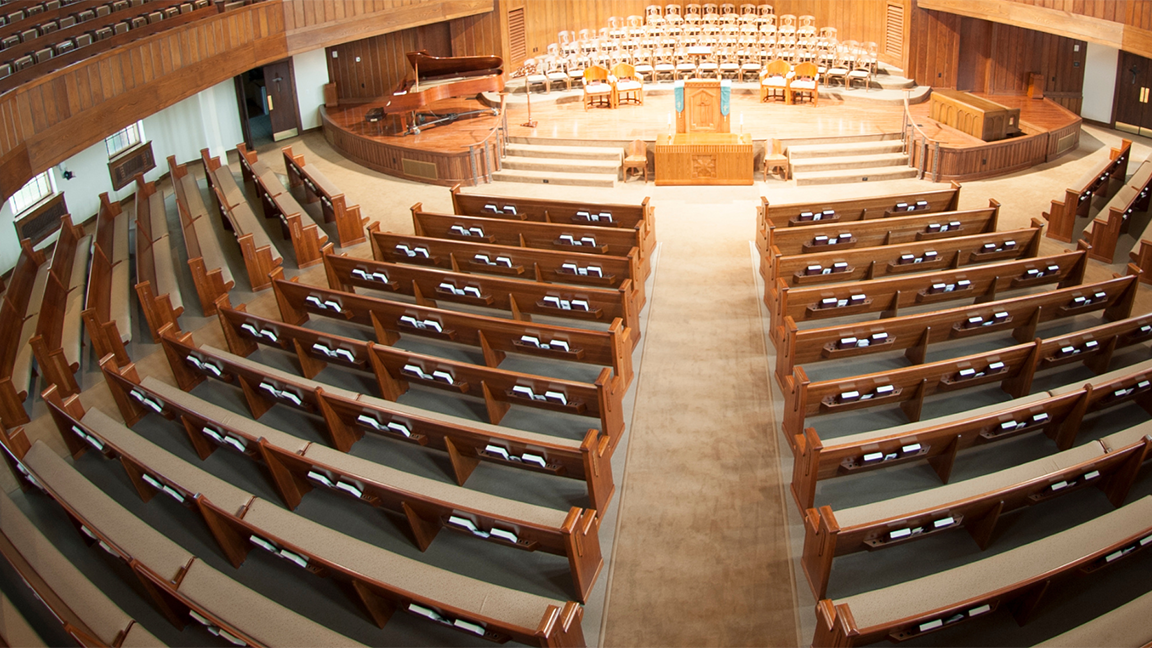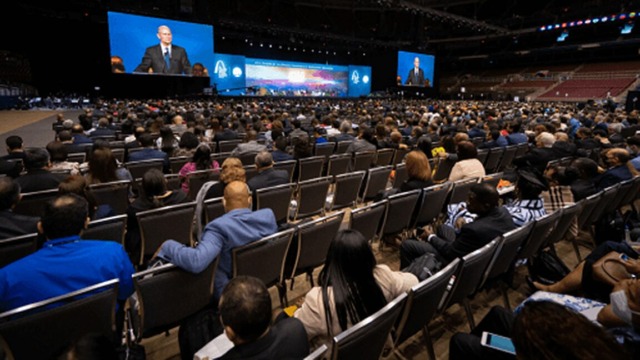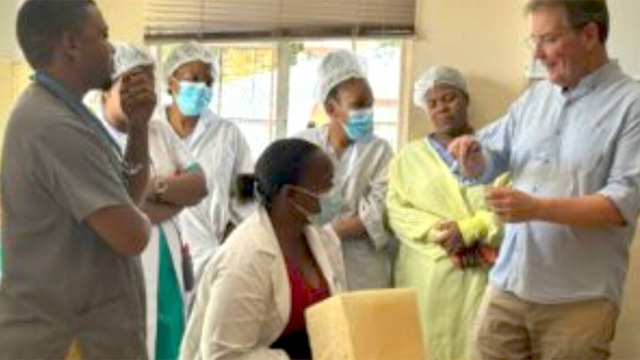By Dr. Bryant Taylor
When churches closed their physical doors in early 2020, churchgoers were understanding and appreciative of the forward-thinking, care, and concern of pastors and church administrators. After a few weeks, both groups became concerned about the decision to close the doors. Pastors and ministries became worried because they were not sure if there would be financial support for the church. In fact, according to Barna Group, there was a 58% increase in financial giving.
Churchgoers became concerned because they wondered if the doors would ever open again. Within a few weeks of closing, there was a loud outcry to open the church, and reasons ranged from if the Lord be with us what virus should we fear, to the separation of church and state has been eroded, and now the state is determining if the church will be open or not. Emotions were high, as evident by the fiery, opinionated post on social media. The overwhelming thought was that as soon as the doors opened, the church would fill with overjoyed members.
Church administrators and pastoral teams quickly formed Covid task forces to give insight and develop plans to re-enter the church. Church staff utilized RSVP systems, as well as check-in procedures. With the expectation of many people clamoring to go back into the sanctuary, many added another service. However, the anticipated mad rush was just a trickle. The expected numbers and people groups just were not there to substantiate the written and voiced desire to be physically present in the sanctuary. People didn’t show up, for various reasons: health & safety, crowd adverse, comfort of their own space. Interestingly, Barna Group also reports that there were 72% more viewers of the online services.
The pandemic enlightened the understanding of many to something that was always evident: the church is not the building; it is not restricted, defined, nor limited to its physical structure. It did not take long before people realized that they did not have to sit on a pew or in a chair inside of a building with others to receive the blessings of God. They did not have to physically be present to have a worship experience and to feel the power of the Holy Spirit in their lives. In large metropolitan areas where there are multiple churches, the idea of church-hopping is a known phenomenon. However, Covid expanded and magnified the notion of church hopping.
In this virtual space, a churchgoer could attend any number of services. They could experience multiple worship services in various cities simultaneously. Viewers would go to one church for the engaging children’s ministry, click to another tab, and wave their hands in response to the music from a different worship service. Click again, listen to the dramatic introduction, click to hear the profound social, theological implications of the scripture, click to hear the energetic close of the sermon, click to listen to the tear-inducing song that closed another service. There are many worship options: conservative, traditional, liberal, mundane, lively, anthems, spirituals, gospels, Christian hip hop, and more. The choice of teaching or preaching; doctrines, life situations, socially conscious, you name it, is available, and people gravitated to the various styles that ministered to their lives.
The pandemic also taught us that the Sabbath truly is a day of rest, as the Sabbath was made “FOR” humanity. Families began to go to state parks, the beach, the mountains. They discovered hiking and started to fall in love with nature. Some spent the sabbath hours in service to others: delivering meals, volunteering at community outreach organizations, or closing the Sabbath by just sitting in the front yard singing to a member who was in the house listening through the window.
This peaceful, easy-going Sabbath became a highlight in the lives of many churchgoers. The most successful ministries adapted and adopted their service to accommodate their online audience.
The program was sometimes shortened to as little as 45 minutes; the children’s ministry section was enhanced and targeted to children; it was not an adult story told to children; the best musical groups were selected. The combination of rest and relaxation Church/worship on demand, the discovery, exploration, and love of nature caused many not to rush back to the building when the doors opened. From this we can see another shocking realization: “41% of Black churchgoers favor a hybrid church future.”
The older members will still dress in their Sabbath best, sit in the family room and join the service for the comfort of their home; young families will continue to attend, just not weekly, they may attend two weeks, and the other two weeks they will spend in service to others and nature outings with the family.
The church doors are open, the pews and chairs may not be filled, but the church is not empty.
—Dr. Bryant Taylor serves as communication director of the Southern Union Conference. Republished by permission from North American Division ministerial department newsletter.




